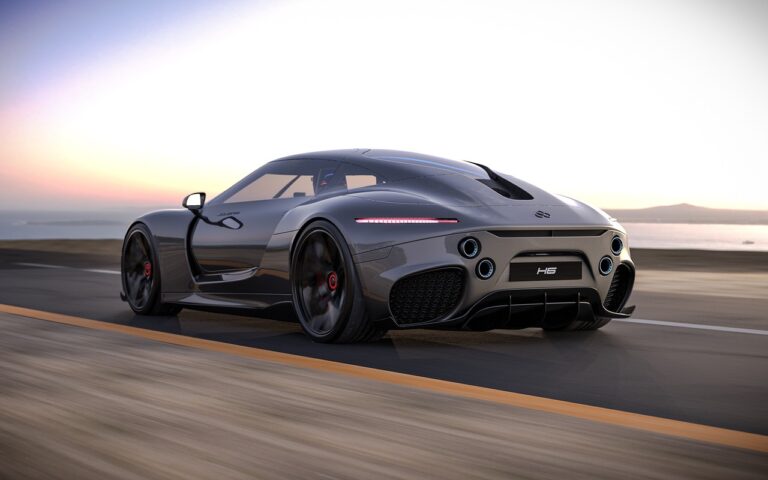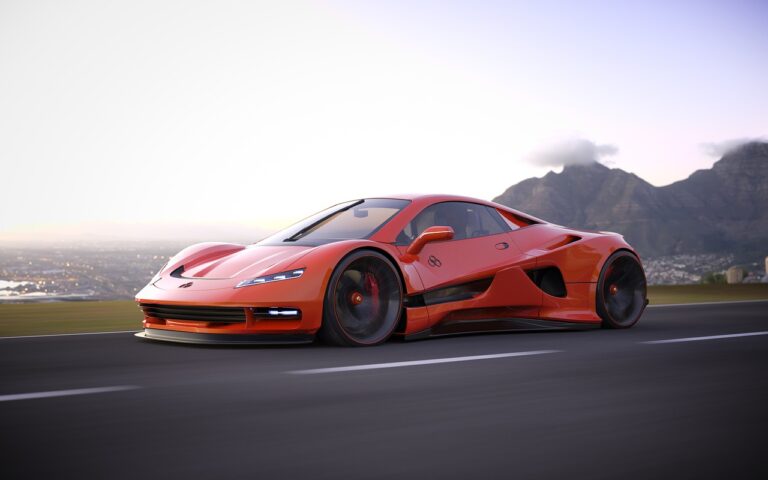The Future of Automotive Design: Balancing Aesthetics and Aerodynamics
Designing modern automobiles poses a myriad of challenges for engineers and designers alike. One significant obstacle is the demand for increased fuel efficiency and reduced emissions without sacrificing performance and aesthetics. This requires a delicate balance between innovative engineering solutions and consumer expectations.
Furthermore, the rapid technological advancements in the automotive industry present a challenge in integrating new features seamlessly into the design of vehicles. From advanced driver-assistance systems to electric and autonomous vehicles, designers must find ways to incorporate these technologies without compromising the overall design integrity. Striking a harmonious blend between functionality and visual appeal is key in meeting the evolving needs of the market.
• Meeting demands for increased fuel efficiency and reduced emissions while maintaining performance and aesthetics
• Integrating rapid technological advancements seamlessly into vehicle design
• Balancing innovative engineering solutions with consumer expectations
• Incorporating advanced driver-assistance systems, electric, and autonomous vehicle technologies without compromising design integrity
• Striking a harmonious blend between functionality and visual appeal to meet market needs
The Role of Technology in Shaping the Future of Car Design
As automotive design continues to evolve rapidly, technology plays a pivotal role in shaping the future appearance and functionality of cars. One of the key areas where technology is making a significant impact is in the development of autonomous vehicles. With advancements in artificial intelligence and sensor technology, designers are exploring new designs that cater to the unique needs of self-driving cars, focusing on safety, efficiency, and user experience.
Furthermore, the integration of advanced connectivity features in vehicles is revolutionizing car design. With the rise of smart and connected cars, designers are challenged to create innovative interiors that seamlessly merge technology with aesthetics. Touchscreen displays, voice-controlled systems, and integrated applications are becoming standard features, transforming the way users interact with their vehicles. This shift towards digital integration is redefining the traditional concept of car design, ushering in a new era of intelligent and adaptive vehicles.
Innovative Materials for Enhancing Aerodynamics in Vehicles
In the realm of automotive design, the quest for improved aerodynamics has led to the exploration of innovative materials. These materials play a crucial role in enhancing the overall performance and efficiency of vehicles on the road. By incorporating lightweight yet durable materials, car designers are able to optimize the aerodynamic properties of vehicles, reducing drag and improving fuel efficiency.
One of the key advantages of utilizing innovative materials in automotive design is the ability to achieve sleek and sophisticated vehicle designs. Manufacturers are increasingly turning to advanced composites and carbon fiber materials to craft vehicles that not only look aesthetically pleasing but also offer superior aerodynamic capabilities. By integrating these cutting-edge materials into the design process, carmakers are pushing the boundaries of what is possible in terms of both performance and visual appeal.
What are some of the challenges faced in modern automotive design?
Some of the challenges include balancing aerodynamics with safety, fuel efficiency, and aesthetic appeal.
How is technology shaping the future of car design?
Technology is enabling the use of innovative materials and advanced simulation tools to optimize aerodynamics and improve performance.
Can you give examples of innovative materials being used to enhance aerodynamics in vehicles?
Some examples include carbon fiber composites, active aerodynamic components, and advanced coatings to reduce drag and improve handling.







